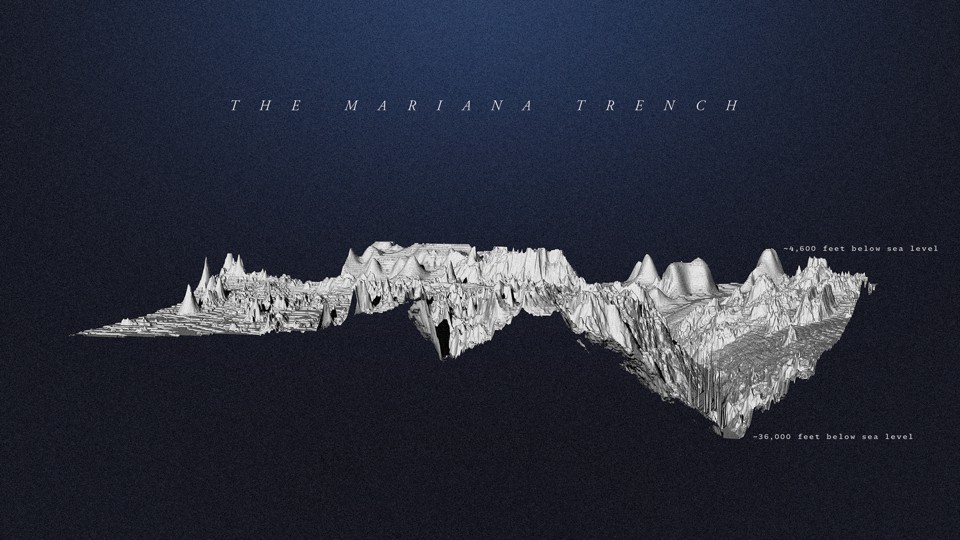History’s Largest Mining Operation Is About to Begin
It’s underwater—and the consequences are unimaginable.

Unless you are given to chronic anxiety or suffer from nihilistic despair, you probably haven’t spent much time contemplating the bottom of the ocean. Many people imagine the seabed to be a vast expanse of sand, but it’s a jagged and dynamic landscape with as much variation as any place onshore. Mountains surge from underwater plains, canyons slice miles deep, hot springs billow through fissures in rock, and streams of heavy brine ooze down hillsides, pooling into undersea lakes.
These peaks and valleys are laced with most of the same minerals found on land. Scientists have documented their deposits since at least 1868, when a dredging ship pulled a chunk of iron ore from the seabed north of Russia. Five years later, another ship found similar nuggets at the bottom of the Atlantic, and two years after that, it discovered a field of the same objects in the Pacific. For more than a century, oceanographers continued to identify new minerals on the seafloor—copper, nickel, silver, platinum, gold, and even gemstones—while mining companies searched for a practical way to dig them up.
